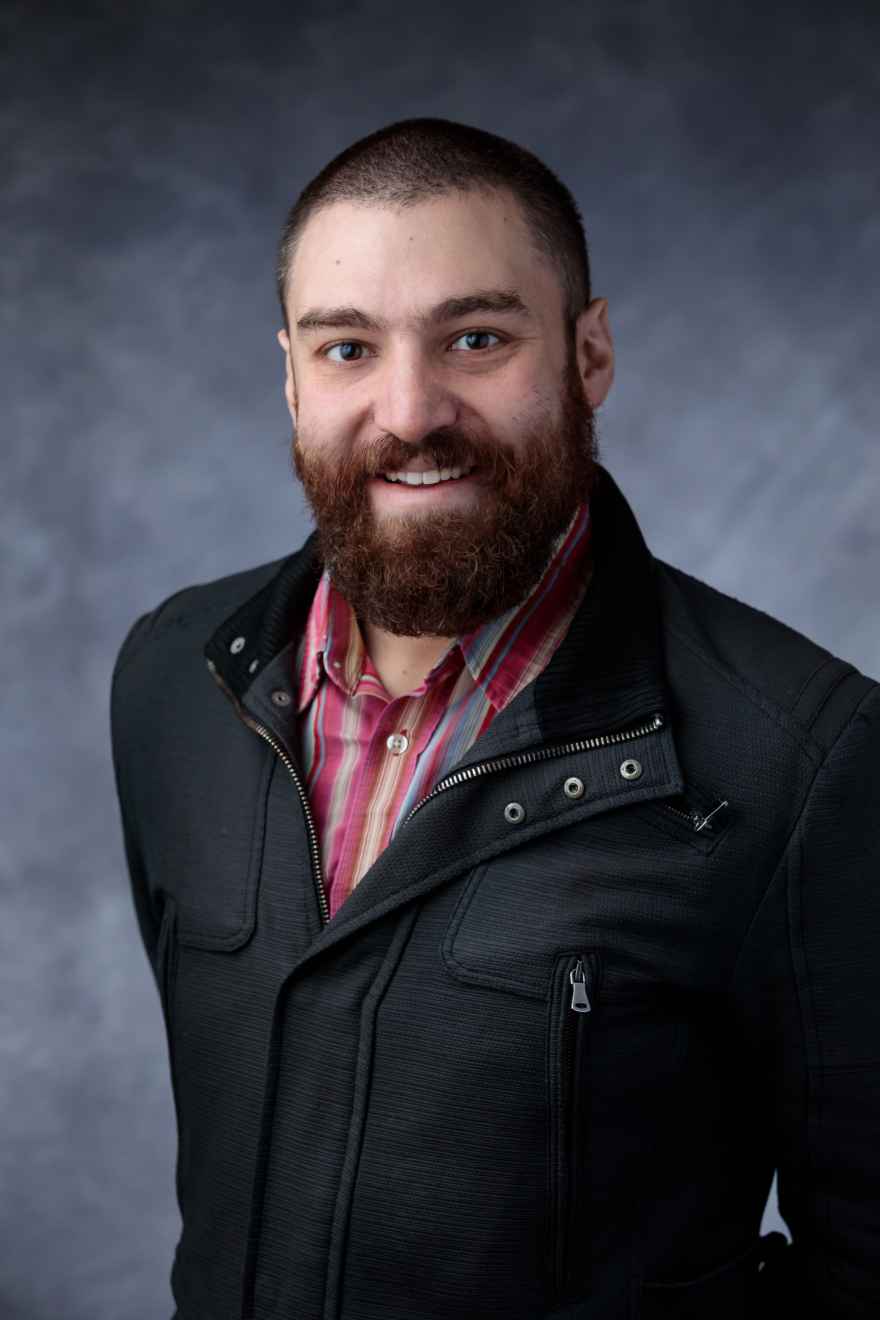UChicago Fellow Adam Singerman Receives the SSILA's Mary R. Haas Award for His Groundbreaking Dissertation

Adam Singerman’s dream was to research and document an endangered language in Brazil. His journey began in 2012 when his admiration for the scholarship of UChicago Professor Lenore Grenoble drew him to the Department of Linguistics doctoral program. Grenoble’s studies of indigenous languages in Siberia have inspired his own quest.
Now his years of immersive fieldwork and scholarship for the indigenous Brazilian language of Tuparí have been recognized. Singerman’s 2018 dissertation “The Morphosyntax of Tuparí, a Tupían Language of the Brazilian Amazon,” recently received the Society for the Study of the Indigenous Languages of the Americas’ Mary R. Haas Award for significant contribution to the world’s knowledge of Native American Languages. The co-chairs for his dissertation were Grenoble, the John Matthews Manly Distinguished Service Professor and Chair in the Department of Linguistics, and Jason Merchant, Vice Provost and the Lorna P. Strauss Professor in the Department of Linguistics.
“Adam’s dissertation exemplifies outstanding linguistic fieldwork: the fieldwork is driven by theoretical questions of interest to linguists while also being deeply rooted in the communicative practices of the Tuparí people,” Grenoble said. “He has spent extensive time living with the Tuparí, learning their language, their culture, and how they use their language. The dissertation uses natural data from real conversations and is thus true and honest, not contrived. It’s a monumental contribution that sets a very high bar for future work going forward.”
Every language teaches linguists something about humans’ innate capacity for language. Tuparí contains intriguing grammatical phenomena to describe and analyze, according to Singerman, (PhD’18) now a Humanities Teaching Fellow at UChicago. His dissertation provides the most extensive description and analysis yet available for Tuparí, focusing on the syntactic organization of the Tuparí clause and using textual data included in a 2016 workbook that Singerman edited in collaboration with several Indigenous teachers.
“This thesis is a clear contribution to language description and to syntactic theory, bringing them together in a unique way,” said Keren Rice, a member of the Society for the Study of Indigenous Languages of the Americas Haas Committee.
Previously, more indigenous languages were spoken in the southern area of the state of Rondônia, Brazil. Now in many of those indigenous communities, Portuguese is the primary language. During the past 60 years, massive cultural changes have affected the Tuparí and their neighbors in Brazil near of the border of Bolivia, such as the move from communal housing to villages, dietary changes, and the conversion from Shamanistic practices to Christianity. Despite these upheavals, the Tuparí language has continued its vitality, according to Singerman.
“Indigenous languages of the Americas offer unique insights into how the human language faculty work,” he said. “From the standpoint of scientific progress, these languages offer us access to a great deal of important information not otherwise available. And the fact that so many of these languages are now endangered adds urgency to the task of documentation, description, and analysis.
“However, I believe the most important reason to undertake research on indigenous and endangered languages resides in human rights. Languages like Tuparí are endangered by and large because the speakers have been subject to unspeakably awful human rights violations. By proclaiming that these languages are worthy of respect and revitalization, linguists can vocally push back against the history of marginalization that so many Native peoples have experienced.”
His path to Tuparí began when his mentor Dr. Denny Moore of the Museu Paraense Emílio Goeldi in Brazil sought a linguistic scholar to work on the Tuparí language in 2013 after a request from two indigenous teachers studying for their undergraduate degrees, Raul Pat’awre Tuparí and Isaias Tarimã Tuparí. By phone, Moore introduced Singerman to the two teachers, and Singerman’s first trip to the Rio Branco Indigenous Territory took place in 2013.
“I am deeply grateful for having been able to live and learn from the Tuparí people,” he said. “Their language has been the center of my research for more than six years, and I hope to continue to study and analyze it for many years to come. I count many members of the Tuparí community as my close friends and my adopted family.”
When Singerman visits, the Tuparí invite him to their homes for meals and coffee. As he travels from village to village, he usually hangs his hammock inside friends’ homes. In the off-reserve town of Alta Floresta D’Oeste, Singerman spends all his time with the Tuparí speakers who live there either for school or work. Recently installed internet connections in a few of the villages allow him to stay in contact year round with his friends through WhatsApp.
Along his path to delving into Tuparí language, Singerman received good advice from Michael Silverstein, the Charles F. Grey Distinguished Service Professor in the Departments of Anthropology, Linguistics, and Psychology at UChicago. “He told me that no one in the village would trust me until I showed up a second time,” Singerman said. “Many people show up once, never to be seen again. When I kept showing up every summer, the residents of the Rio Branco Indigenous Territory began treating me like family.”
Although other commitments kept him from returning in 2019, Singerman will travel to the Tuparí villages this summer to conduct more fieldwork in order to write a comprehensive reference grammar for Tuparí. A fellowship from the National Science Foundation and the National Endowment for the Humanities will support his fieldwork and research from 2020 to 2021. His previous visits averaging about two months each year have been funded by such organizations as the National Science Foundation’s Documenting Endangered Languages Program, the Jacobs Research Funds at the Whatcom Museum, the Endangered Language Fund, and the Center for Latin American Studies at UChicago.